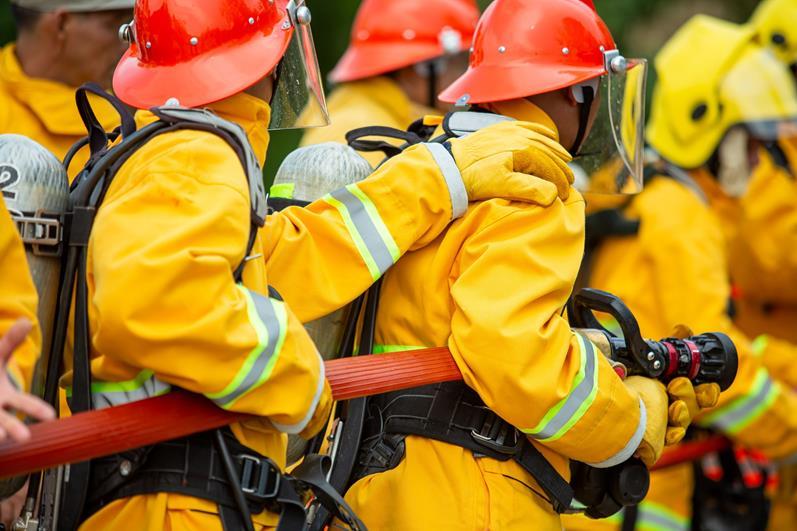
PUBLICATIONS
Published works

The economic benefits of the Indigenous Fire and Rescue Employment Strategy (IFARES) Program: Fire and Rescue New South Wales
| Title | The economic benefits of the Indigenous Fire and Rescue Employment Strategy (IFARES) Program: Fire and Rescue New South Wales |
| Publication Type | Report |
| Year of Publication | 2020 |
| Authors | Rasmussen, B, Maharaj, N |
| Document Number | 567 |
| Date Published | 05/2020 |
| Institution | Bushfire and Natural Hazards CRC |
| City | Melbourne |
| Report Number | 567 |
| Keywords | benefits, economy, fire and rescue, indigenous |
| Abstract | The main purpose of the Indigenous Fire and Rescue Employment Strategy (IFARES) was to reduce the barriers to Indigenous employment. It has also been seen as a way of promoting greater engagement with Indigenous communities, improving fire safety within these communities and learning from traditional knowledge about fire management. This study details the costs and benefits (both tangible and intangible) of the program. It estimates these by modelling different benefit and cost components. It finds the total benefits of the program to be around $8 million and estimates a benefit-cost ratio of 20, meaning that for every dollar invested in the program, the benefits to the community are approximately 20 times the amount invested. The intangible benefits are gleaned from a number of other sources, such as interviews with people involved with the program and media reports. The estimates of costs are largely based on data provided by Fire and Rescue New South Wales (FRNSW). Indigenous Australians suffer from severe disadvantage on several levels, including employment opportunities, poor health, and limited education, all of which further constrain their employment prospects. Data from the National Aboriginal and Torres Strait Islander Social Survey (NATSISS) conducted by the ABS (2016), demonstrates this disadvantage by comparing each of these variables for Indigenous and non-Indigenous Australians. For example, the unemployment rate among Indigenous Australians is 20.6 per cent compared to 6 per cent among non-Indigenous Australians, and only 25.7 per cent of Indigenous Australians have completed Year 12 or equivalent compared to 55.2 per cent of non-Indigenous Australians. An Australian Institute of Health and Welfare study (AIHW 2011) suggested that the total burden of disease for Indigenous Australians was 429.4 DALYs per 1000 compared to 185 per 1000 for non-Indigenous Australians. The IFARES was initiated in 2013 by FRNSW to help breakdown longstanding barriers to Indigenous recruitment to the fire services. Data from IFARES demonstrates the success of the program, where registrations have increased from 18 in 2014 to 235 in 2016. Overall, 49 fire fighters have been employed from the program and 1 into administration. This study modelled the benefits of the program by taking into consideration: the reduced unemployment benefits arising from the program; working life returns after leaving the program; health benefits to the recruited firefighters; and the community health benefits arising from graduates of the course brought to their communities by increasing their awareness of health issues and making healthier choices. The study then estimated the benefit-cost ratio by taking account of the costs of the program. Interviews with people involved in the program and media reports have helped identify some of the intangible benefits of the program. These included improving the self-confidence of people (particularly females) in Indigenous communities, whose members became fire fighters. Increasing the diversity of the fire services has led to greater social cohesion and improved engagement of the fire services with Indigenous communities, which in turn has led to greater fire safety. The Indigenous contingent of the fire services has also contributed to the service by bringing in unique skills through their understanding of the country. |
| Refereed Designation | Non-Refereed |
Published Works


